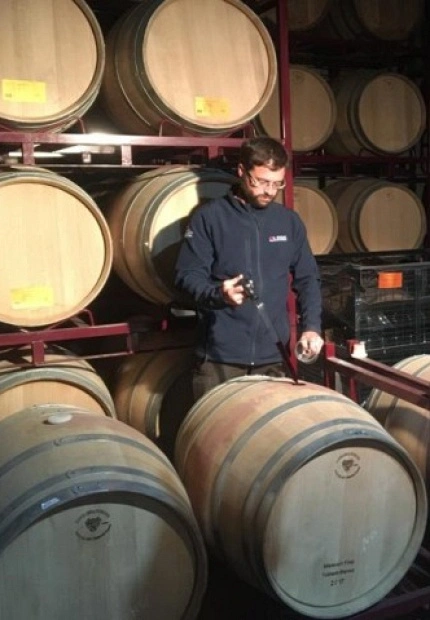THE TRANSFERS IN THE WINE
Racking in wine production plays a crucial role that goes beyond the simple manipulation of the liquid inside a barrel. These operations are fundamental for the development and quality of the wine, influencing its flavor, aroma and structure. Since time immemorial, winegrowers have understood the importance of this process, perfecting the techniques over the centuries.
At its core, racking is the movement of wine from one container to another, generally from one barrel to another. This procedure not only facilitates the elimination of unwanted sediments and sediments, but also promotes controlled oxidation and mixing of different batches. Selecting the precise moment to rack is a master skill, as it influences the evolution of the wine and defines its character.
One of the key benefits of racking is the clarification of the wine. As the liquid ages in the barrel, solid particles and sediment accumulate which can negatively affect its quality. When transferring the wine to another container, it is separated from these impurities, thus obtaining a cleaner and clearer product. This process is essential, especially in the production of fine and aging wines, where purity and transparency are highly valued.
In addition to clarification, racking also facilitates the controlled aeration of the wine. Exposure to oxygen during transfer allows the wine to benefit from chemical and microbiological processes that influence its organoleptic profile. The interaction with oxygen can soften tannins, improve color stability and enhance aromatic complexity. However, it is crucial to find a balance, as excessive exposure to oxygen can be harmful.
Racking becomes an art when it comes to assembling different batches of wine. Expert winemakers use this technique to blend wines from different varieties, vintages or plots, seeking to achieve a harmonious and balanced sensory profile. The ability to combine different elements without losing the identity of each one is a real challenge, but when achieved masterfully, the result is a complex and fascinating wine.
When aging red wines, racking plays an essential role in tannin management. These compounds, present in the skins and seeds of grapes, provide structure and astringency to the wine. However, too much tannin can result in an unbalanced and harsh wine. By racking regularly, winemakers can gradually soften the tannins, contributing to the elegance and silky texture of the final wine.
In contrast, white wines and some rosés benefit from more delicate handling during racking. Preservation of freshness and acidity is crucial in these cases, and winemakers must avoid excessive exposure to oxygen to maintain vitality and vibrancy in the wine.
In short, racking is a fundamental piece in the winemaking puzzle. From clarification to blending and tannin management, these operations directly influence the quality and character of the final product. Winemakers, with their experience and skills, continue to perfect the art of racking to produce wines that delight the senses and tell unique stories in every sip.

